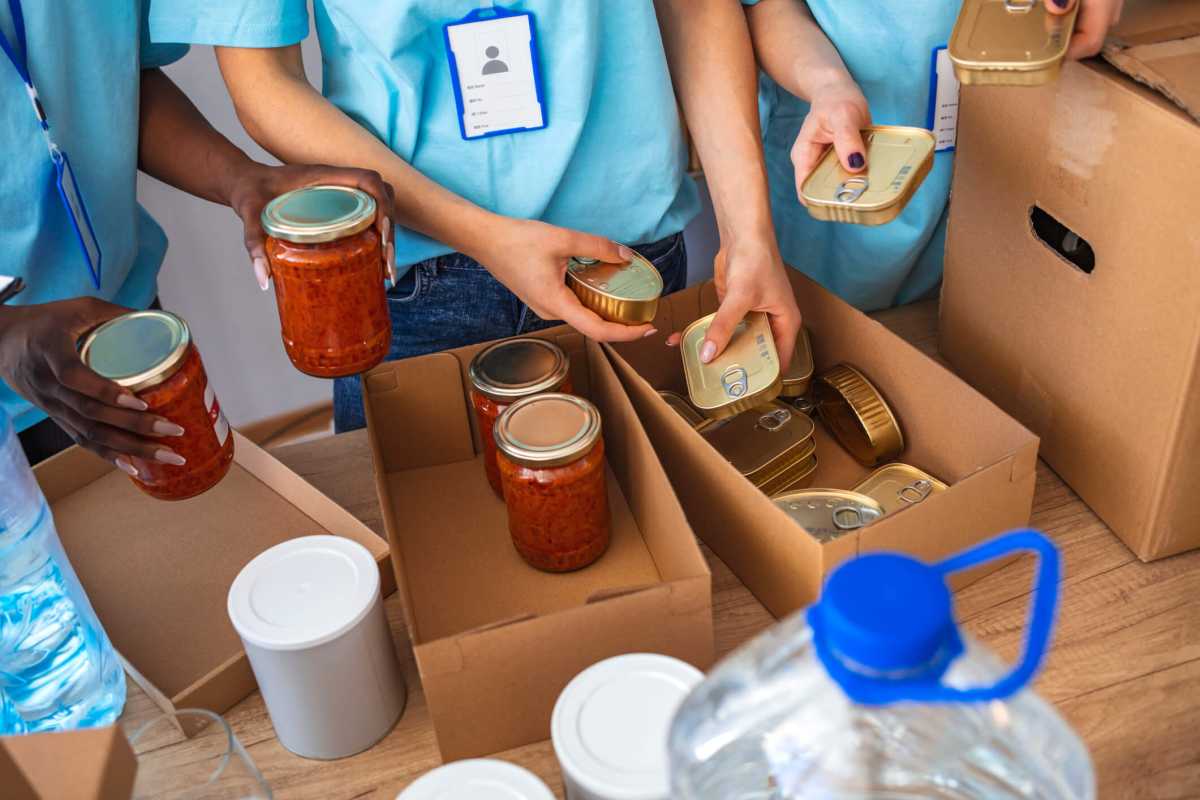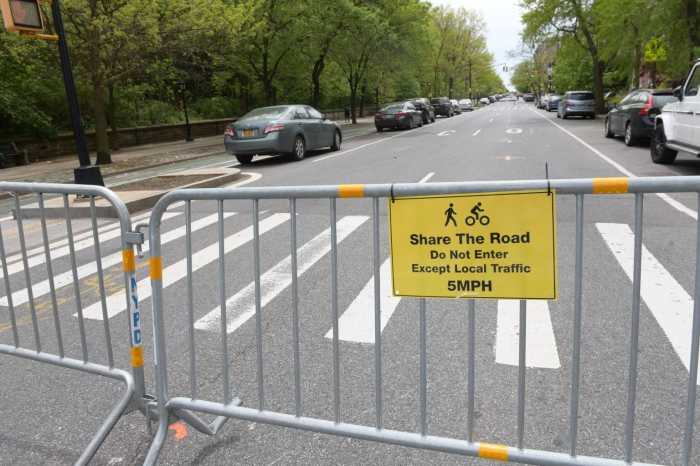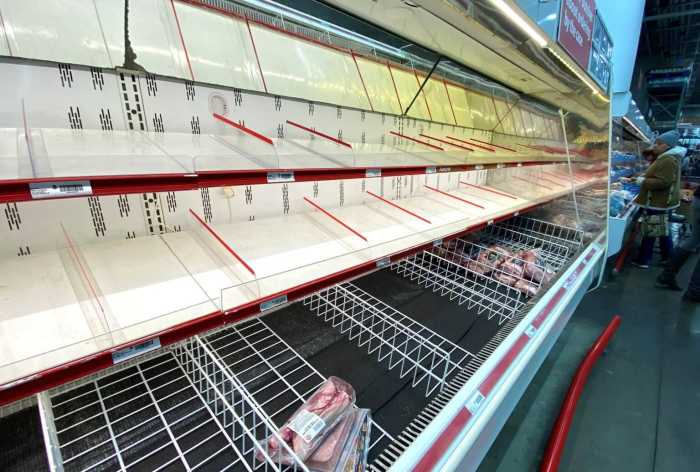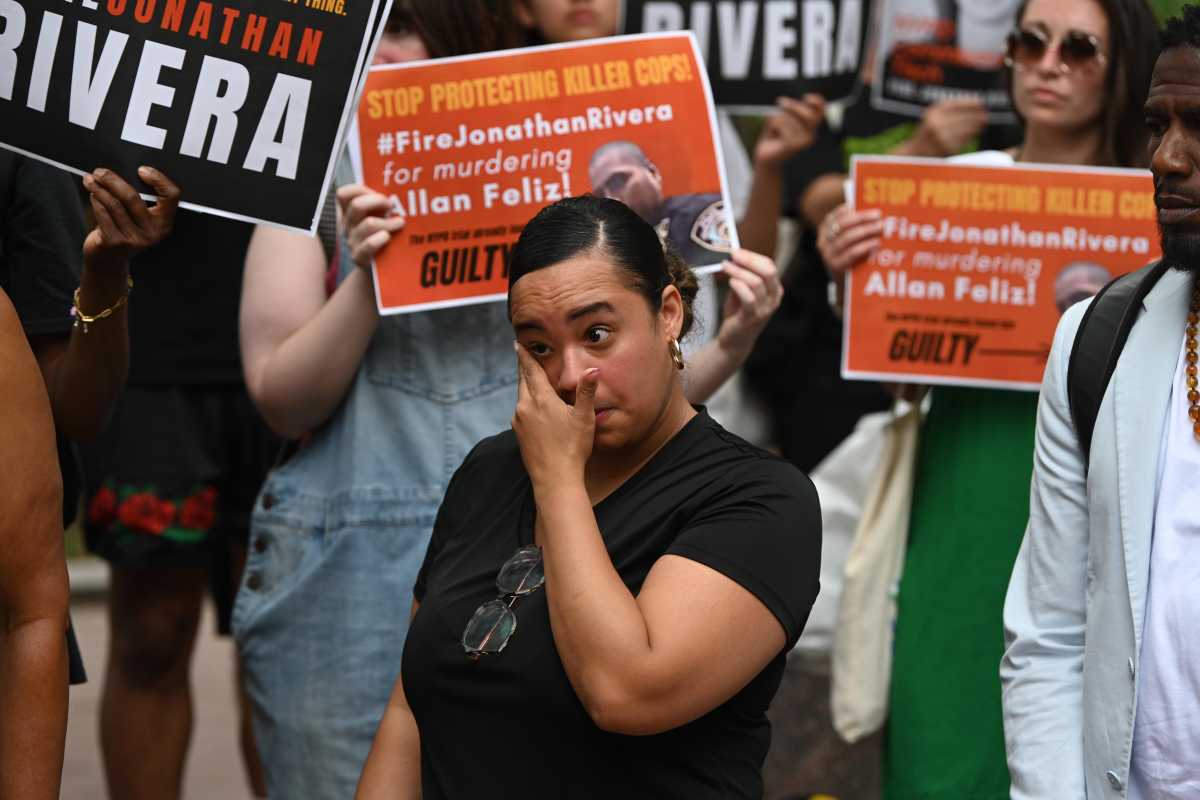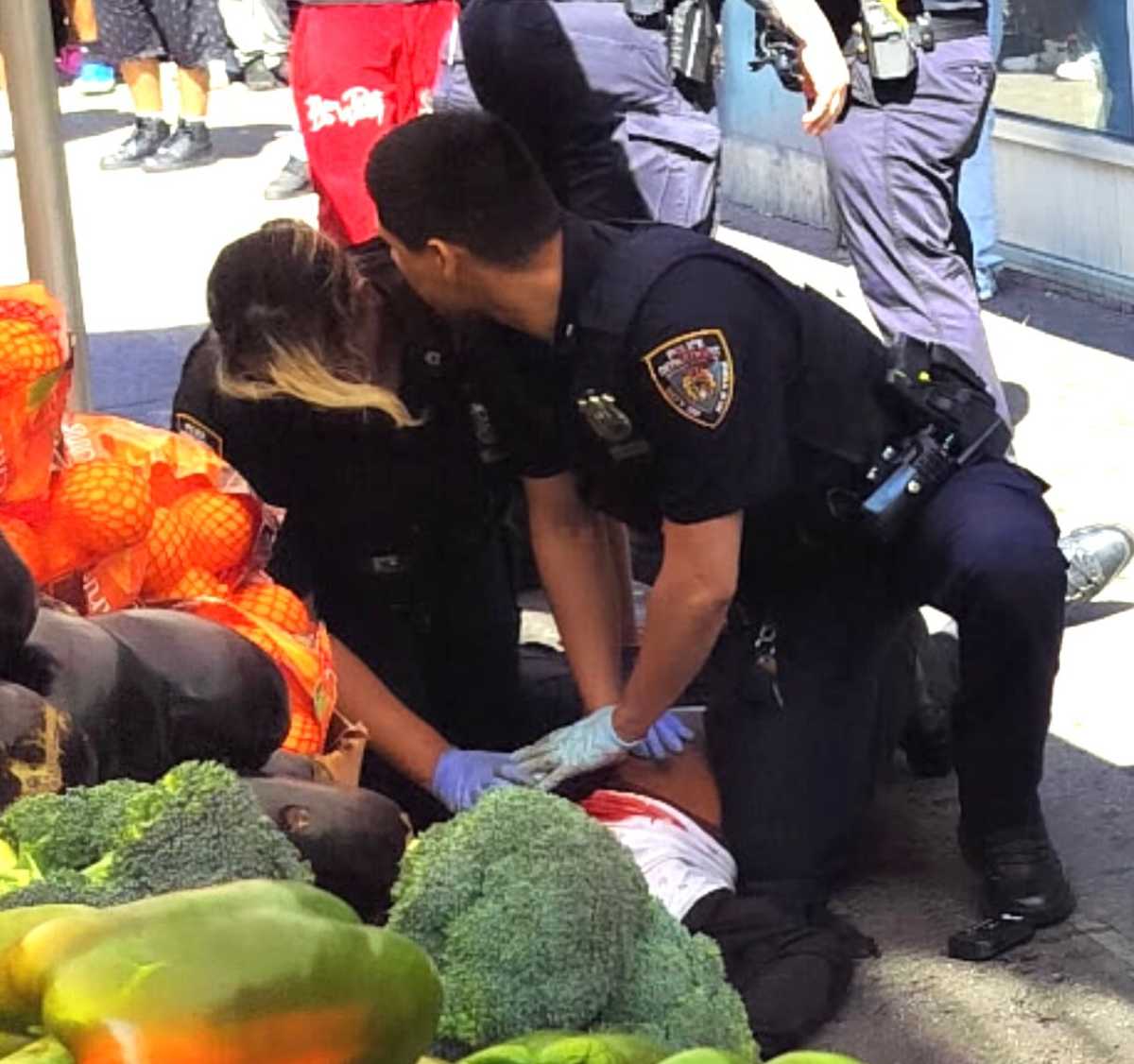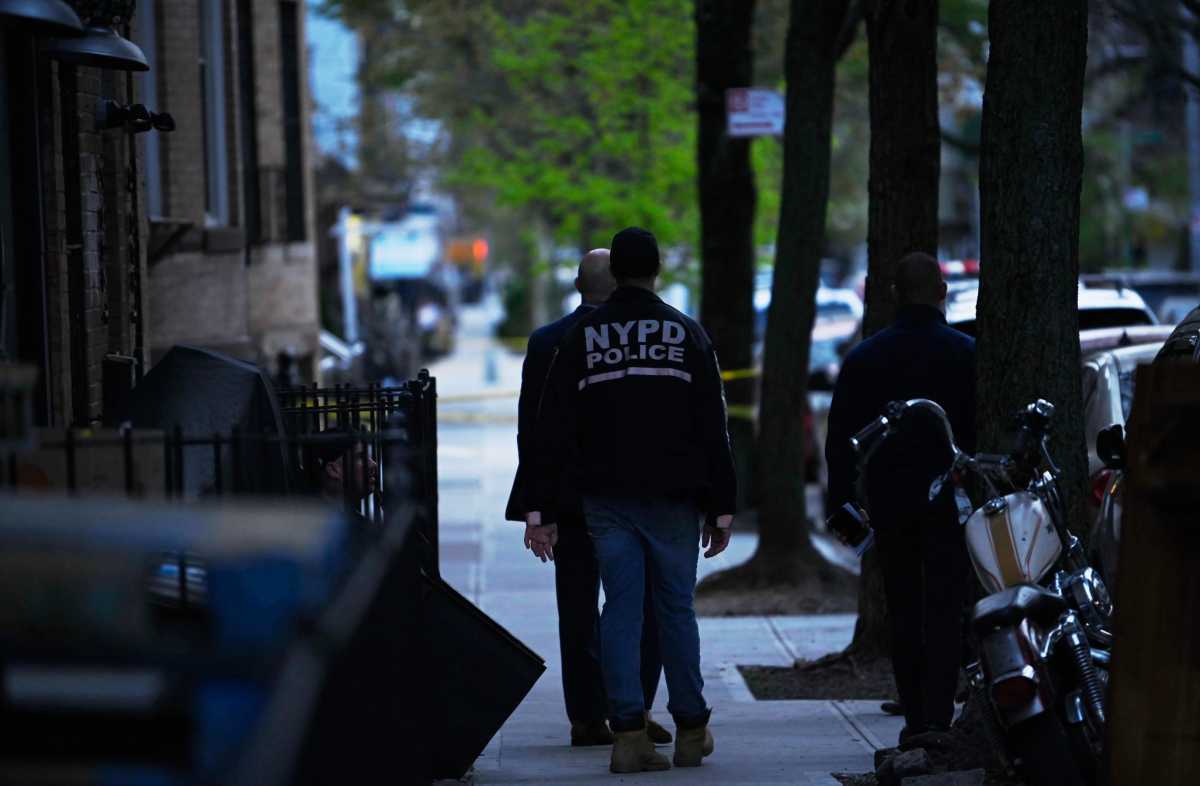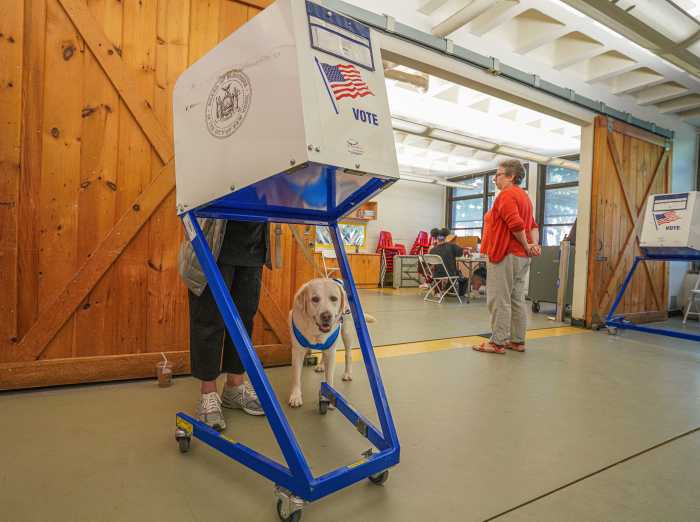Many parts of the Bronx are known for being food deserts, which forces the residents who live there to eat more processed foods instead of fresh produce.
But since the onset of COVID-19, the organizations that provide free, nutritious food to these individuals are struggling.
The pandemic has strained food banks and pantries and a recent study by Food Bank for New York City revealed the coronavirus has forced the closure of 50 percent of the Bronx food pantries and 90 percent of those were in the highest-need communities.
Food Bank for New York has distributed nearly 21 million meals across the city since the start of the outbreak, an increase of 20 percent in overall food distribution compared to the same period last year.
“This virus represents an extreme and unprecedented hardship across our entire city but especially for our financially and medically vulnerable neighbors and it is absolutely critical that we rise to the challenge for them,” said Food Bank for New York City President and CEO Leslie Gordon. “This is the new normal for New York City and Food Bank is doing everything possible to meet the need that exists today and the need that will continue to exist in the coming weeks, months and years.”
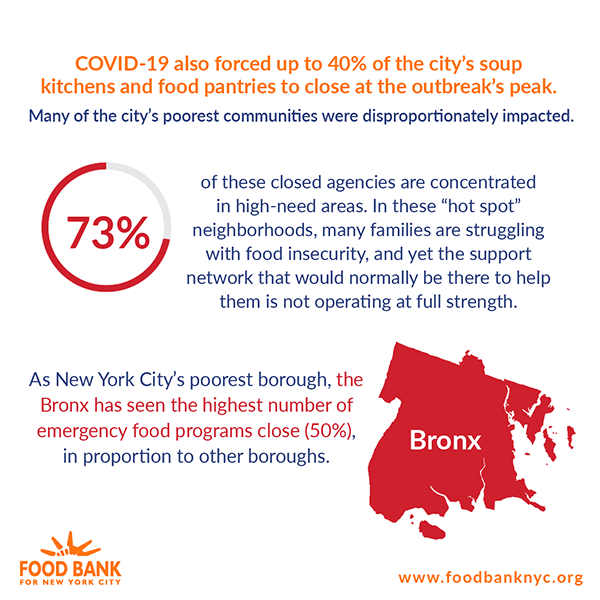
Key Bronx findings in the study
- Six of the top 10 communities of focus, which are places with high food insecurity and pantry closures, were in the Bronx.
- 66 percent of Bronx-based organizations reported serving clients from Manhattan (in addition to Bronx residents) and 67 percent of Manhattan-based organizations reported serving clients from the Bronx, in addition to Manhattan residents.
Citywide key findings
- 75 percent of food pantries and soup kitchens surveyed reported serving more New Yorkers in April than in the months leading up to COVID-19, with nearly one-third reporting their number of visitors more than doubling.
- Of the pantries and kitchens reporting an increase in visitors, 91 percent reported an increase in first-time visitors, 71 percent reported an increase in laid-off or furloughed workers and 59 percent reported an increase in undocumented immigrants.
- With their resources drained, more than half of food pantries and soup kitchens surveyed reported running out of food during April and 70 percent reported serving people who had traveled from another borough.
- At the outbreak’s peak, roughly 40 percent of the city’s soup kitchens and food pantries were closed, largely because they are run by seniors who are at high risk during the health crisis. Making matters worse, 73 percent of these closed agencies are concentrated in high-need areas.
- The proportion of closed soup kitchens and food pantries the highest-need communities is even greater when looking at the borough level:
- Brooklyn: 36 percent of food pantries and soup kitchens closed, with 85 percent of them being in the highest-need communities.
- Queens: 38 percent of food pantries and soup kitchens closed, with 54 percent of those falling into the highest-need communities.
- Manhattan: 32 percent of food pantries and soup kitchens closed, with 59 percent of those falling into highest-need communities.
- Staten Island: 28 percent of food pantries and soup kitchens closed.

